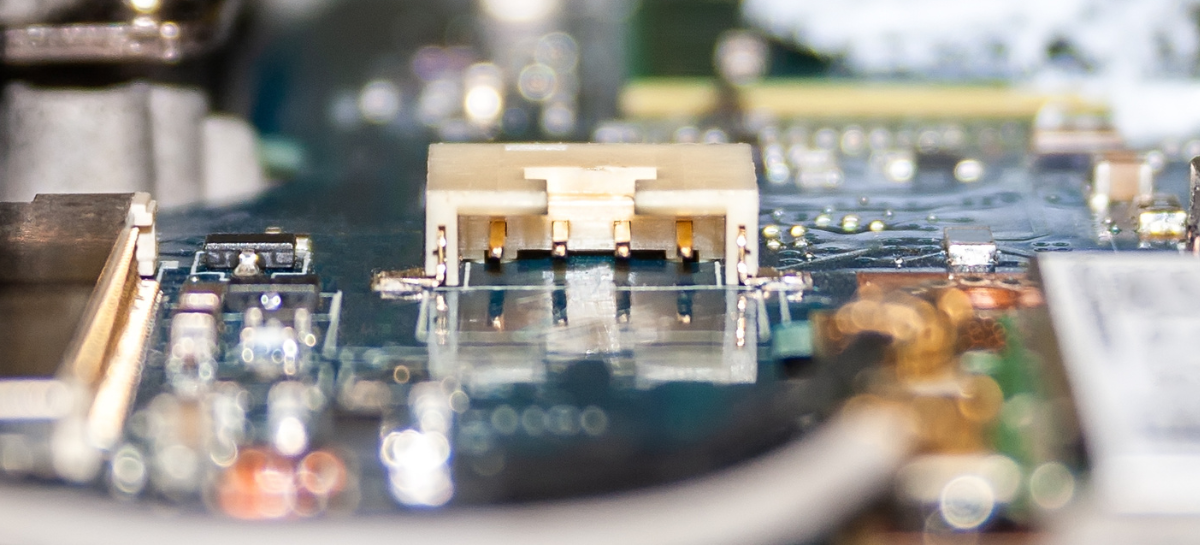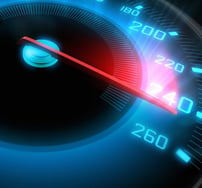What is a Control System?
Control systems are designed to manage and regulate various types of processes, machines, and systems.
A control system is an essential part of many products and processes, helping to ensure that they operate safely and effectively. They are used to regulate and maintain the behavior of physical systems, such as industrial processes, power systems, and transportation networks. Designing an effective control system is a complex process that involves a wide range of technical and non-technical challenges. But first, let's explore the nature of control systems and the elements involved in designing one.
What is a Control System?
A control system is a set of components and processes that work together to manage, regulate, and control the behavior of a system. All control systems, such as a mechanical governor on an engine or a digital thermostat on an electrical heater, are designed to ensure that the system behaves in a desired manner by regulating its inputs, processes, and outputs. Control systems are widely used in engineering, physics, chemistry, and other fields where it is necessary to maintain stability and optimize performance of a system.
Control systems are found in equipment and devices we encounter everyday, including:
- Robotic Systems
- Motion Control Systems
- Thermostatic Controls
- Unmanned Vehicle Systems
- Smart Guidance Systems, and more.
Read more about Control Systems

What are the major components of a Control System?
- Input: This is the signal or information that the control system receives from sensors or other input devices. The input is used to monitor the state of the system and determine whether any changes are needed.
- Controller: The controller is the central element of the control system. It receives the input signal and compares it to the desired or reference signal. If there is a difference, the controller takes action to correct it. The controller may be a simple mechanical device or a complex computer system.
- Actuator: The actuator is the output device that receives the control signal from the controller and carries out the necessary action to adjust the system. Examples of actuators include motors, pumps, valves, and relays.
- Feedback: Feedback is the information that the control system receives about the results of its actions. This information is used to adjust the control signal and ensure that the system is functioning correctly.
- Communication: Communication is essential for the control system to function properly. It allows the different components to exchange information and work together to regulate the system.
- Power supply: The power supply provides the necessary energy to operate the control system components. The power supply may be a battery, a generator, or a connection to an electrical grid. While this may seem obvious, products without access to a power supply require a mechanical control solution.
- Control algorithms: The control algorithms are the mathematical equations that govern the behavior of the control system. They determine how the input signal is processed and how the control signal is generated.
- Human-machine interface: The human-machine interface (HMI) is the means by which humans interact with the control system. The HMI may be a simple display panel or a complex graphical user interface (GUI) that allows operators to monitor and control the system.

Control System design considerations
Trade-offs: Designing a control system often involves making trade-offs between competing objectives. For example, a control system designed to minimize energy consumption may not be able to operate at maximum efficiency under all conditions.Implementation constraints: Finally, there may be constraints on the implementation of the control system, such as limited computational resources, limited sensor capabilities, or cost constraints. These constraints can limit the complexity of the control system that can be designed and may require trade-offs between performance and feasibility.
.png?width=756&height=181&name=Integrated%20Circuit%20(2).png)
Understanding the Importance of Control System Design
Developing an innovative control system will set you apart from your competition, both in product performance and in results for your business. Success with maximizing product development returns comes from experience and expertise in control systems, both in understanding existing technology and in investing in the right solutions. Successful (and profitable) control system design is crucial, so make sure you have access to the knowledge and capabilities to make that happen. If you're unsure as to whether you or your team have those skills, your best option is to partner with a team that has this expertise and ensure your outcomes meet the potential of your project.
Ready to Begin your next Control System Design?
 Whether you’re looking to enhance your current team or outsource a solution to meet rising demands on your time, working with Boston Engineering control systems experts is the right choice. Don't leave complex designs that rely on layers of integration to slow down your team, extend deadlines, or even worse: cause a project failure. Know you're going to get the results you want by working with an industry leader in development and deployment of high performance control systems.
Whether you’re looking to enhance your current team or outsource a solution to meet rising demands on your time, working with Boston Engineering control systems experts is the right choice. Don't leave complex designs that rely on layers of integration to slow down your team, extend deadlines, or even worse: cause a project failure. Know you're going to get the results you want by working with an industry leader in development and deployment of high performance control systems.
Let's start the Control Systems conversation
No matter the challenge, our team possesses the expertise in the engineering disciplines and technologies you need to bring your vision to life. Impossible Challenge? Try Us.
Imagine your Impact: Stay up-to date- with the latest insights and trends we're watching. Add your email address below and sign up for a Monthly Summary of our most impactful posts!











